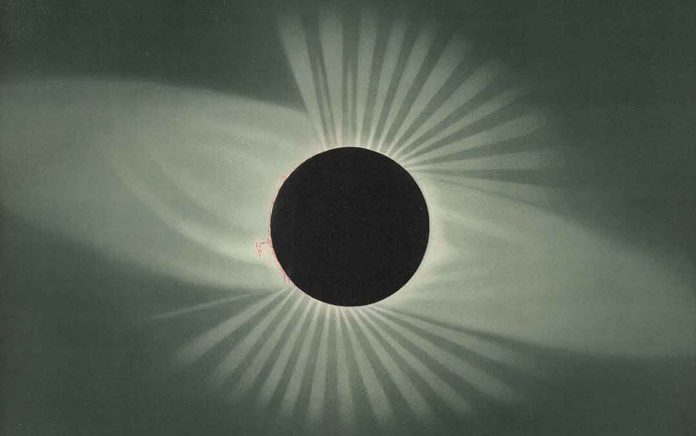Witnessing a total solar eclipse is an unforgettable experience that may have been even more impressive in the past before we were able to understand and predict their occurrence. However, the historical records of these amazing astronomical spectacles are more than just fascinating—they provide invaluable information on changes in the Earth’s movement.
Japanese researchers combed through Byzantine Empire records to identify and locate total solar eclipses observed around the Eastern Mediterranean in the 4th-7th centuries CE, a period for which previously identified solar eclipse records are particularly scarce.
These records are critical for understanding the variability of Earth’s rotation over time. However, because the people who recorded these events in antiquity frequently left out key information that modern astronomers are interested in, determining the correct times, locations, and extents of historical eclipses is time-consuming work.
“Although original eyewitness accounts from this period have mostly been lost,” co-author Assistant Professor Koji Murata of the University of Tsukuba explains, “quotations, translations, and so on recorded by later generations provide valuable information.” “We needed confirmation of eclipse totality: daytime darkness to the extent that stars appeared in the sky, in addition to accurate location and timing information. We were able to determine the probable times and locations of five total solar eclipses in the Eastern Mediterranean region from the fourth to seventh centuries, in 346, 418, 484, 601, and 693 CE.”
T, the difference between time measured according to the Earth’s rotation and time independent of the Earth’s rotation, is the key variable illuminated by this new information. Variations in T thus represent variations in the length of a day on Earth.
An ancient text reported a solar eclipse so complete that stars appeared in the sky on July 19, 418 CE, and the site of observation was identified as Constantinople. For this eclipse, the previous T model would have placed Constantinople outside the path of totality. As a result of this new information, T for the fifth century CE can be adjusted.
“Our new Tdata fill a significant gap and indicate that the Tmargin for the fifth century should be revised upward, while those for the sixth and seventh centuries should be revised downward,” Dr. Murata says.
These new data shed light on centennial-scale variations in the Earth’s rotation, and thus help refine the study of other global phenomena throughout history, such as sea-level and ice-volume variability.

